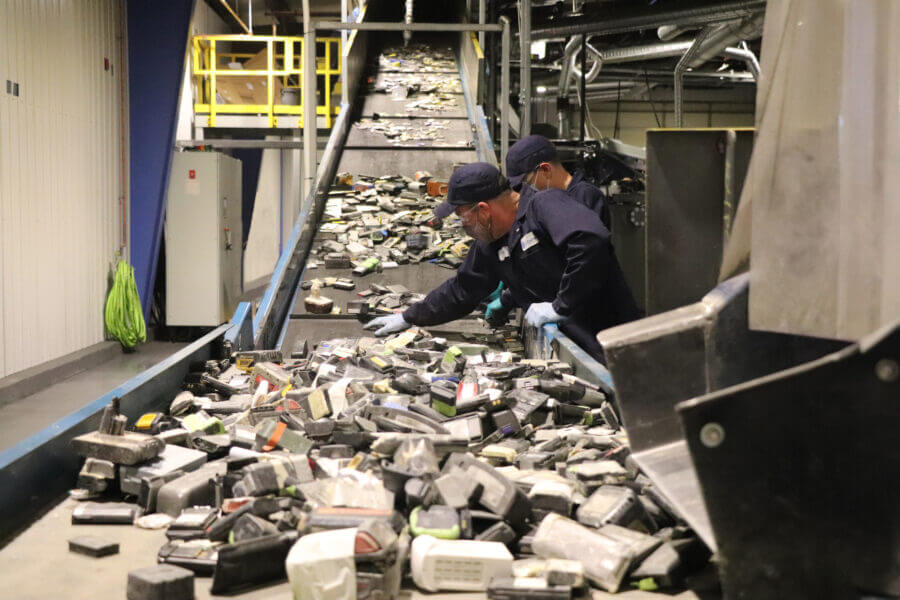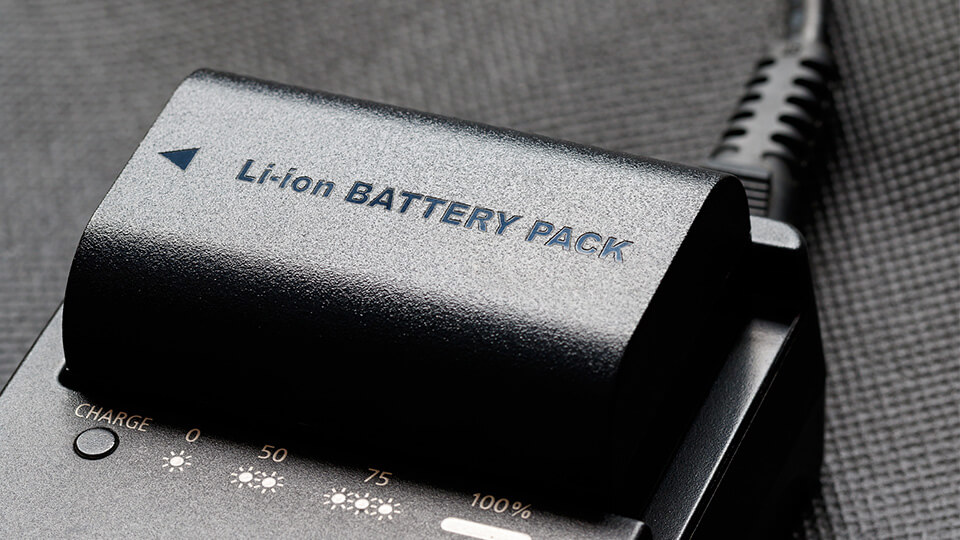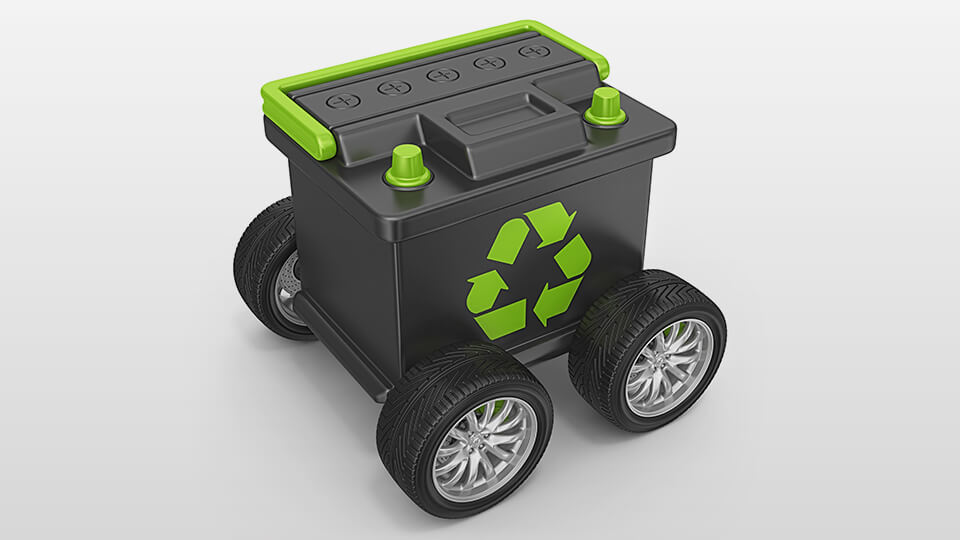Decarbonizing transportation through greater use of electric vehicles is a major trend around the world. Lithium -ion batteries are also a critical component in developing a reliable renewable energy grid. Importantly, both sectors have a responsibility to increase the sustainability of batteries and to create a circular economy.
Furthermore, according to an article in the October issue of the US publication, ‘Resources, Conservation and Recycling, by 2050 battery recycling has the potential to supply 22-25% of lithium, 40-46% of nickel, and 45 to 52% of cobalt needed for electric vehicles in the US. The US is building up the infrastructure needed to fully capture this value. Currently the US has about 7% of the global recycling capacity while China has 80%.
Increased funding
The US has also bolstered funding to domestic recycling through the Federal Bipartisan Infrastructure law. Especially, with a total of $6 billion dedicated to a battery material processing program and domestic battery manufacturing recycling. Companies leading the domestic battery recycling industry are achieving high material recovery rates of 95-98%.
At this time, arguments have been made in the US for governments and industry to leverage five tactics to move energy storage batteries towards a more circular end-of-life stewardship.
- Require producer take-back.
- Support safe, efficient, and cost-effective battery transportation.
- Encourage battery manufacturers to design for disassembly.
- Increase access to information.
- Invest in domestic battery recycling research and infrastructure.
Indeed, commentators and academics are increasingly making the point that effective policy, industry commitment and public awareness can help the issues of raw materials and manufacturing challenges alongside the battery waste issue. The Secret as Charlie Hoffs, academic and Summer School Fellow at Cambridge, Massachusetts, sees it, is unlocking battery reuse and recycling.





